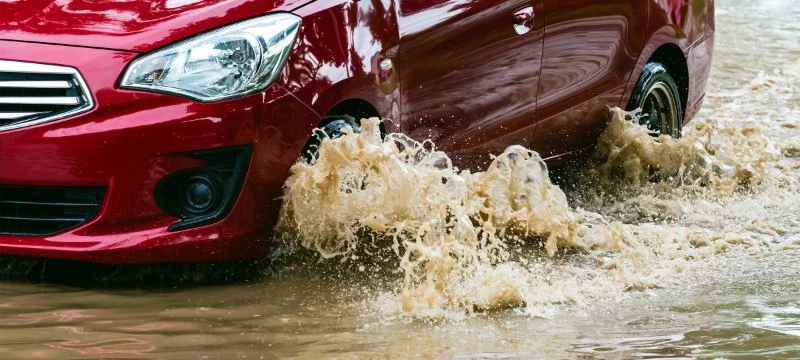
Tips for Picking Up a Rental Car in Bad Weather and Avoiding Extra Risks
- 1. Understanding Weather Risks When Renting a Car
- 2. Choosing the Right Car for Bad Weather Conditions
- 3. Checking the Car Condition Before You Drive
- 4. How to Drive Safely in Bad Weather
- 5. Insurance Considerations for Bad Weather Rentals
- 6. Using LifeStar Car Rental for Your Next Trip
1. Understanding Weather Risks When Renting a Car
Renting a car during adverse weather conditions such as snow, rain, or fog can pose additional risks that require careful consideration. The first step is understanding the risks involved. Severe weather can affect visibility, road traction, and car performance. It's crucial to stay informed about the weather forecast and plan accordingly. If you're traveling in an area prone to heavy rain or snow, ensure your rental car is equipped to handle these conditions.
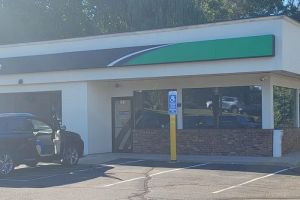
Enterprise Rent-A-Car
West HavenSouth Central Connecticut Planning RegionConnecticut
835 Boston Post Rd, West Haven, CT 06516, USA
1.1 Visibility and Road Conditions
Poor visibility is a significant concern when driving in fog or heavy rain. Roads can become slippery, especially in icy conditions. Make sure the car's windshield wipers, lights, and tires are functioning correctly to improve visibility and control.

Grant Your Wish Medical Transport
1140 Kildaire Farm Rd, Cary, NC 27511, USA
1.2 Vehicle Stability in Bad Weather
Vehicles can behave differently under slippery conditions. It's important to ask for a rental car equipped with features like anti-lock brakes (ABS), traction control, and stability management. These features help maintain vehicle stability, even in adverse weather.
2. Choosing the Right Car for Bad Weather Conditions
When renting a car during bad weather, selecting the right vehicle is crucial to ensuring your safety. Not all rental cars are suitable for harsh conditions, and choosing a car with appropriate features can make all the difference.
2.1 Opt for All-Wheel Drive or Four-Wheel Drive
All-wheel drive (AWD) and four-wheel drive (4WD) vehicles offer better traction, making them ideal for snowy, icy, or rainy conditions. These vehicles distribute power to all four wheels, helping to maintain control on slick roads. If you're traveling to an area known for inclement weather, request a 4WD or AWD vehicle.
2.2 Tire Type and Condition
Check if the rental car is equipped with winter tires, which are specifically designed to handle snowy and icy roads. If you're traveling in cold, snowy regions, winter tires are essential for better grip and control. Ensure the car's tires are properly inflated and in good condition.
3. Checking the Car Condition Before You Drive
Before hitting the road in bad weather, it’s important to inspect your rental car to ensure it’s in optimal condition. Taking a few extra minutes for this check can help prevent accidents and keep you safe during your trip.
3.1 Inspect the Tires and Wipers
Ensure that the car’s tires are in good condition and suitable for bad weather. Check the tread depth, as worn tires will struggle to grip the road. Also, ensure the windshield wipers are functioning properly and that the wiper fluid is filled to help with visibility during rainy or snowy conditions.
3.2 Test the Lights and Signals
In low-visibility conditions, proper lighting is crucial. Test all lights, including headlights, brake lights, and turn signals, before driving off. Make sure they are bright and functioning correctly, as they are essential for your safety and to alert other drivers.
4. How to Drive Safely in Bad Weather
Once you're on the road, driving safely in bad weather is crucial. Whether you're navigating through snow, rain, or fog, adjusting your driving habits can significantly reduce the risks of accidents.
4.1 Reduce Speed and Increase Following Distance
In bad weather, reducing your speed is essential for maintaining control of the car. Wet or icy roads can cause your vehicle to slip, so driving slower will give you more time to react. Increasing the distance between you and the car ahead also provides more room to stop or maneuver in case of an emergency.
4.2 Avoid Sudden Movements
Be gentle with the gas pedal, brake, and steering wheel. Sudden movements can cause loss of control, especially on slippery surfaces. Apply the brakes gently, avoid sharp turns, and accelerate slowly to maintain traction.
5. Insurance Considerations for Bad Weather Rentals
When renting a car for a trip during bad weather, insurance is an important consideration. Many rental companies offer extra insurance for adverse conditions, which can protect you from additional costs in case of an accident.
5.1 Check Your Existing Coverage
Before purchasing rental insurance, check whether your personal car insurance or credit card offers coverage for rental vehicles. If you already have coverage, you may not need to buy the extra insurance offered by the rental company.
5.2 Consider Additional Coverage for Weather-Related Incidents
If you're traveling in an area prone to severe weather, consider purchasing insurance that covers weather-related incidents such as floods, hail, or snow-related accidents. This added layer of protection can give you peace of mind during your trip.
6. Using LifeStar Car Rental for Your Next Trip
If you're planning to rent a car for a trip in bad weather, consider using LifeStar Car Rental. With a wide selection of vehicles suited for different weather conditions, LifeStar ensures that you have the right car for your needs. Their staff is well-trained to provide expert advice on the best vehicle options for safe travel in all types of weather.
With LifeStar, you can ensure that your rental car is properly equipped and ready for any weather challenges you may encounter. To learn more about available vehicles and book your rental, visit LifeStar Car Rental today.


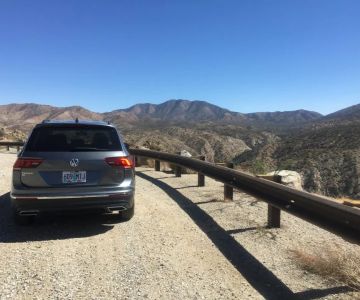




 Enterprise Rent-A-Car4.0 (229 reviews)
Enterprise Rent-A-Car4.0 (229 reviews) Vegas Jeep Tours4.0 (220 reviews)
Vegas Jeep Tours4.0 (220 reviews) Angels of Hope Med Trans,Inc5.0 (2 reviews)
Angels of Hope Med Trans,Inc5.0 (2 reviews)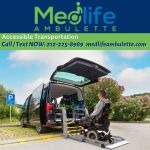 Medlife Ambulette5.0 (1 reviews)
Medlife Ambulette5.0 (1 reviews) Onyxx Exotic, Sport, and Luxury Vehicles0.0 (0 reviews)
Onyxx Exotic, Sport, and Luxury Vehicles0.0 (0 reviews)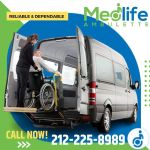 Medlife Ambulette5.0 (1 reviews)
Medlife Ambulette5.0 (1 reviews) How to Identify When Rental Car Rates Are About to Increase (Demand Signals)
How to Identify When Rental Car Rates Are About to Increase (Demand Signals) 15 Travel Tips for First-Time Car Renters in the United States
15 Travel Tips for First-Time Car Renters in the United States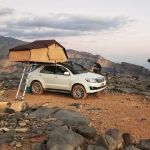 What Every Traveler Should Know About Vehicle Type Upgrades
What Every Traveler Should Know About Vehicle Type Upgrades Best Ways to Split Rental Car Costs Among Group Travelers
Best Ways to Split Rental Car Costs Among Group Travelers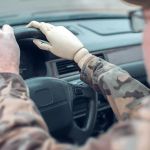 Tips for Veteran Drivers Renting Cars After Military Service
Tips for Veteran Drivers Renting Cars After Military Service How to Choose the Best Rental Car Company for Frequent Weekly or Monthly Rentals
How to Choose the Best Rental Car Company for Frequent Weekly or Monthly Rentals